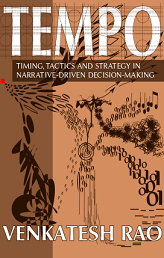Recently I took my usual mile-long walk to my neighborhood Starbucks, in suburban Rochester, something I often do when I need a physical rhythm to help tame runaway thoughts. I sat on the patio, sipping my drink, watching the sun set behind Bill Gray’s restaurant. Cars and Harley Davidsons (upstate New York is biker country) occasionally rumbled by. At some point, the scene quietly turned magical and surreal. The buzz of the other coffee drinkers’ conversations faded. The sunset acquired a sudden stillness. I took a picture with my cellphone.






